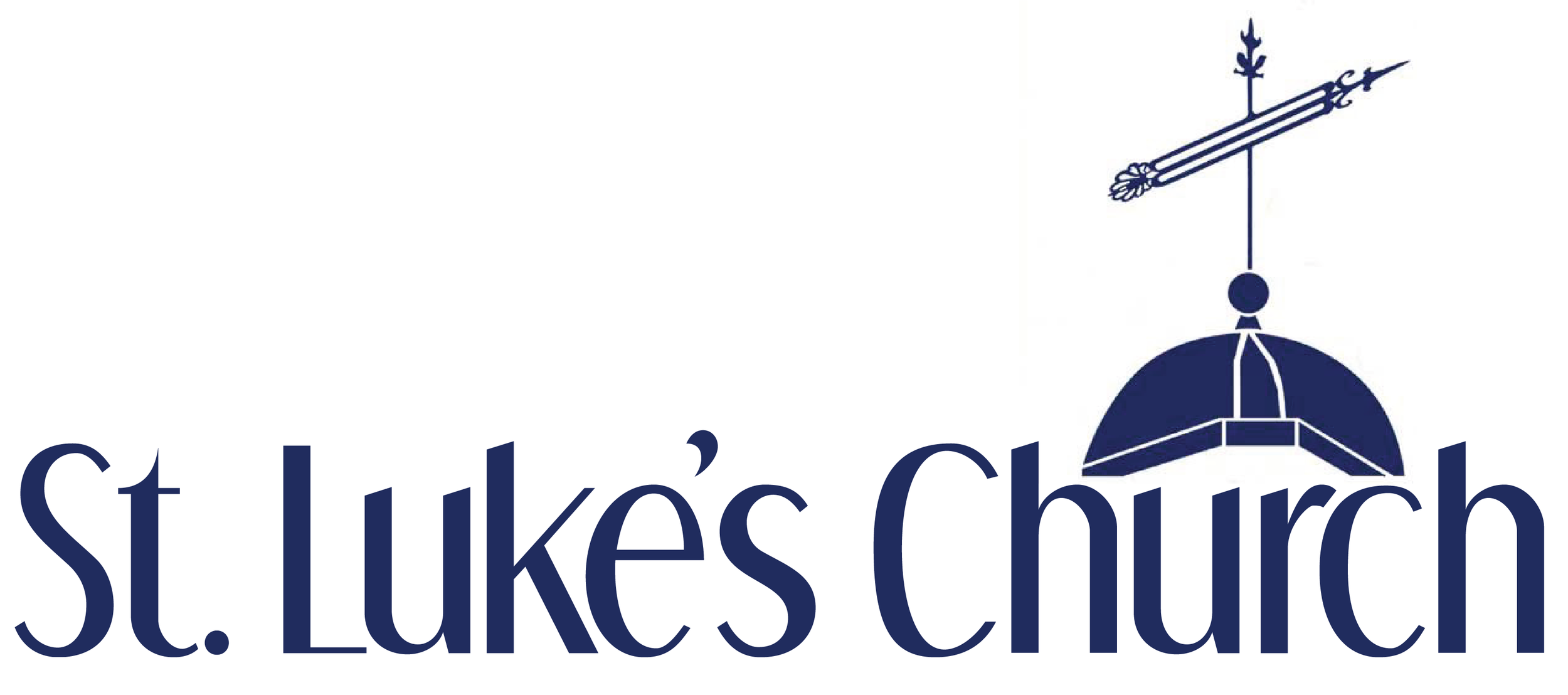What Has Astronomy Taught Me About Stewardship
Episode III – Galileo and Newton
Galileo is often called the “father of modern science.” It is an accurate description of his accomplishments. He studied speed and velocity, gravity and free-fall. He was the first to note that all objects fall at the same rate. Try this at home. Take a heavy book and a sheet of paper, hold them at the same height, and drop them at the same time. They will hit the ground at the same time. What? It didn’t work? Oh, we forgot to remove air resistance from the experiment. Take the sheet of paper and crumple it up into a ball, as tight as you can. You didn’t change its weight, only the shape (cross-sectional area) and hence the amount of air resistance. Now do the experiment again and the book and the paper will hit the ground at the same time. It has been said that Galileo did his free-fall experiments from the Leaning Tower of Pisa. It’s probably an urban legend, but a good one to repeat in physics class!
Galileo’s experiments in astronomy put the geocentric model of the universe to death. Galileo understood the role of experiments with respect to understanding phenomena and developed the scientific method. Make an observation, develop an explanation of the observation (a theory) test it by doing experiments. YOU NEVER STOP THE TESTING! Your theory is good, until the first time it fails to match an experiment. At this point, you MUST either completely abandon your theory, or modify it to match both the old observations and the new one, so you continue to make new observations, checking the validity of your theory.
The geocentric model of the universe of Ptolemy is based upon the immovable Earth and that everything must orbit the Earth. Galileo disproved this with four astronomical observations using a telescope:
The Moon has craters. Its surface is flawed. It is not perfect.
The Sun has sunspots. Its surface is flawed. It is not perfect.
He observed phases of Venus. The phases cannot be explained by the geocentric model, but they are easily explained by the heliocentric model.
He discovered the four large moons of Jupiter (Io, Europa, Ganymede and Callisto) and showed they orbit Jupiter and not the Earth. The geocentric model of the universe was finally disproved.
Galileo published his findings in Dialogue Concerning the Two Chief World Systems (1632). Read the dialogue; it is fascinating, but got Galileo in trouble with the Roman Inquisition. He was tried and found “vehemently suspect of heresy” and spent the rest of his life under house arrest. On 31 October 1992, Pope John Paul II acknowledged the Church had erred in condemning Galileo for asserting the Earth revolved around the Sun. John Paul said “theologians who condemned Galileo did not recognize the formal distinction between the Bible and its interpretation."
Sir Isaac Newton is noted for his development of the calculus, a branch of mathematics involving rates of change, his Universal Law of Gravity, and his three laws of mechanics: the law of inertia, force = mass times acceleration, and the law of equal and opposite forces. He used the calculus and the Universal Law of Gravity to prove Kepler’s three laws of planetary motion were not empirical, but arose from first principles of physics. This is absolutely astounding! His Universal Law of Gravity reigned supreme in physics for 225 years. However, a measurement of the precession (think of a toy top spinning as it starts to fall over) of Mercury’s orbit compared to that predicted by Newtonian gravity did not agree, so Newton’s Universal Law of Gravity was modified to account for this new observation. The result, Einstein’s Theory of General Relativity.
Ok, there was a lot of scientific words here, what does it all mean?
Simply put it means the Earth is not the center of creation, and, there is a difference between the literal translation of the Bible and its interpretation by the reader.
Still think science and religion don’t affect each other? Galileo would certainly disagree.
Dr. Mike Fisher
Stewardship Chair
